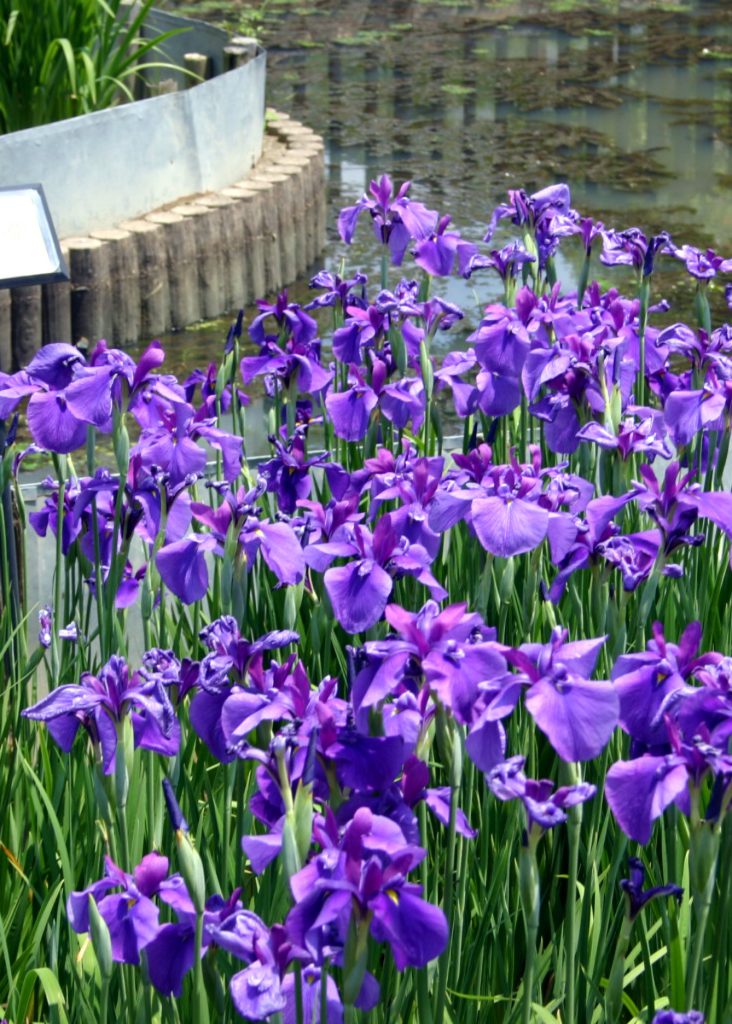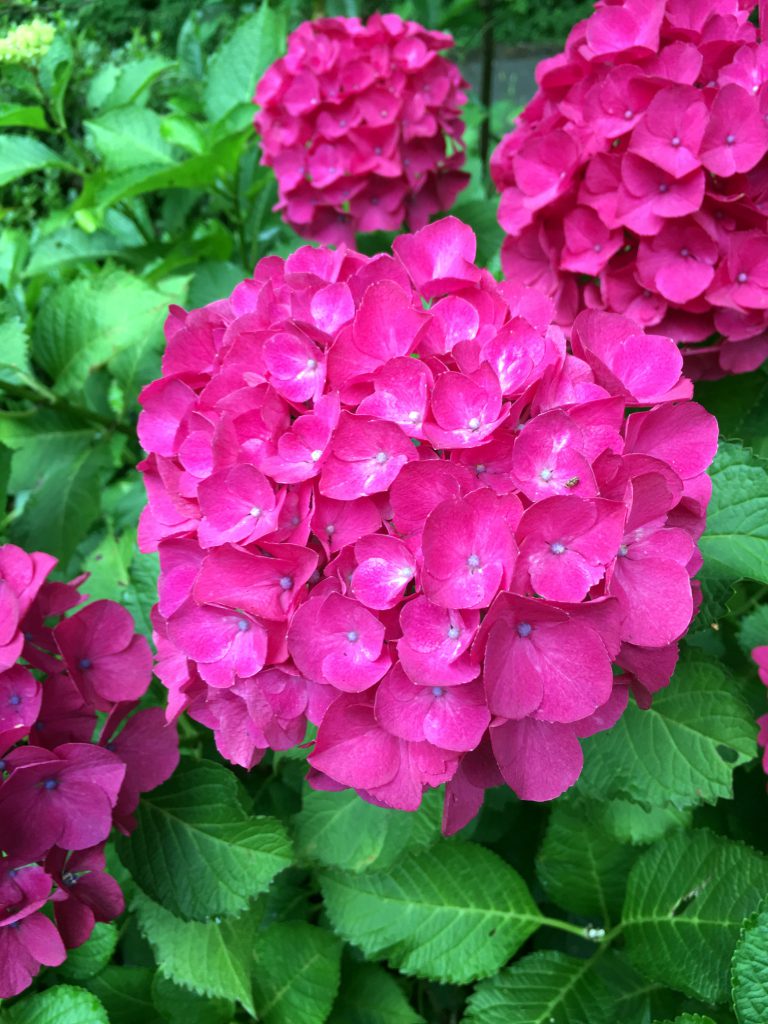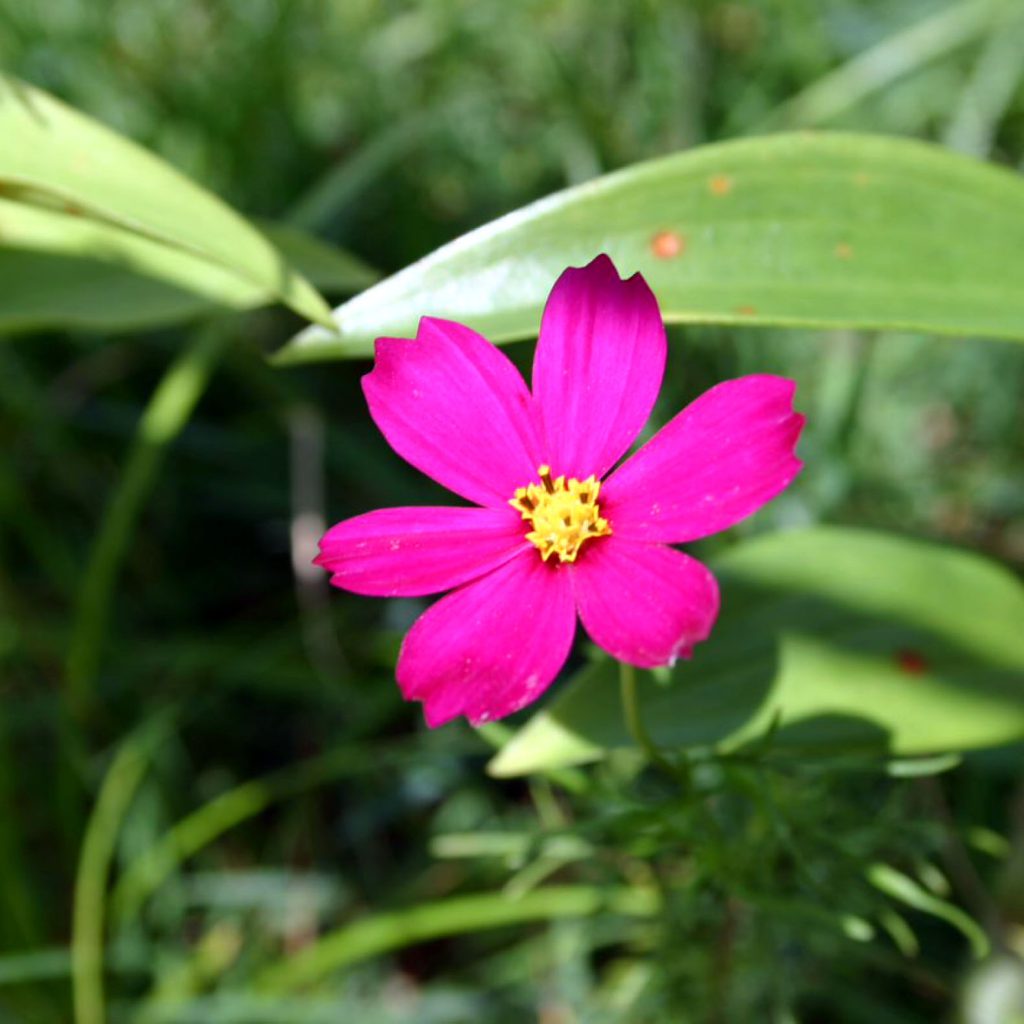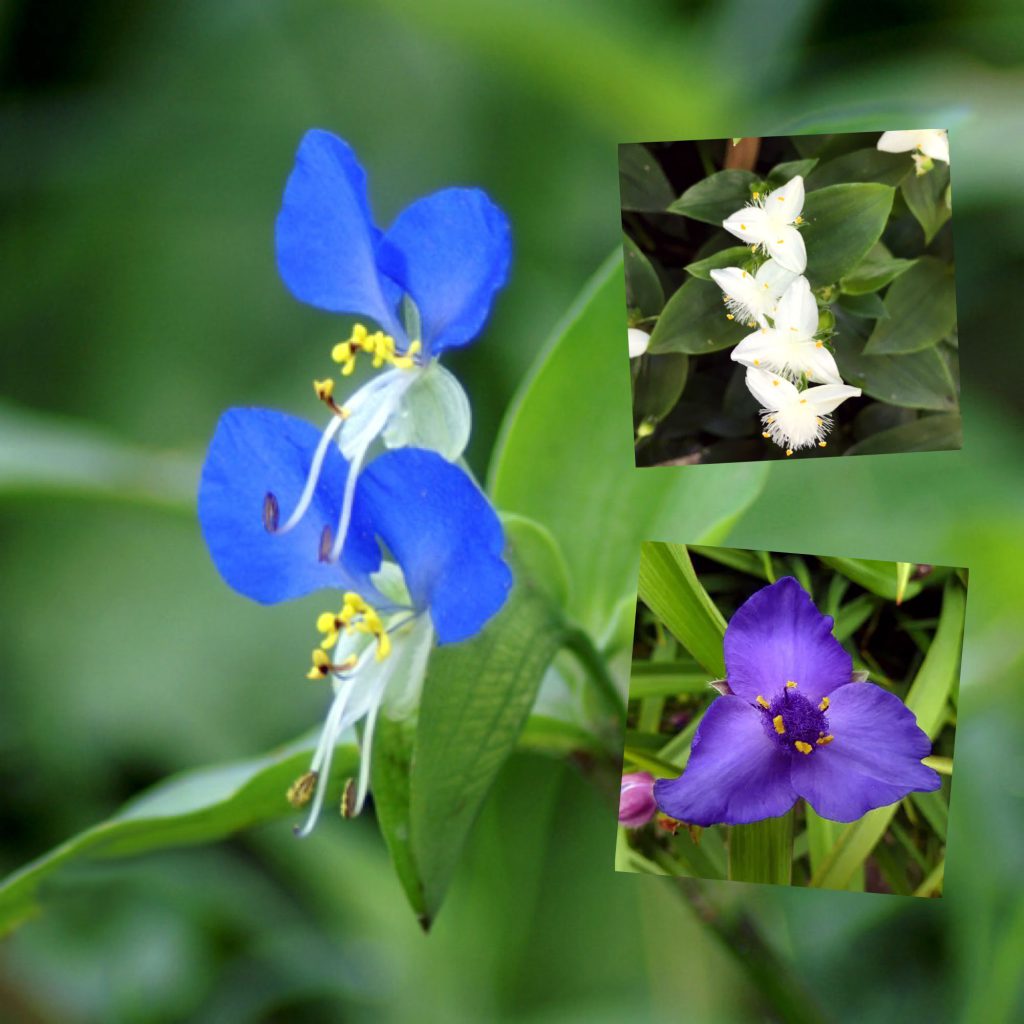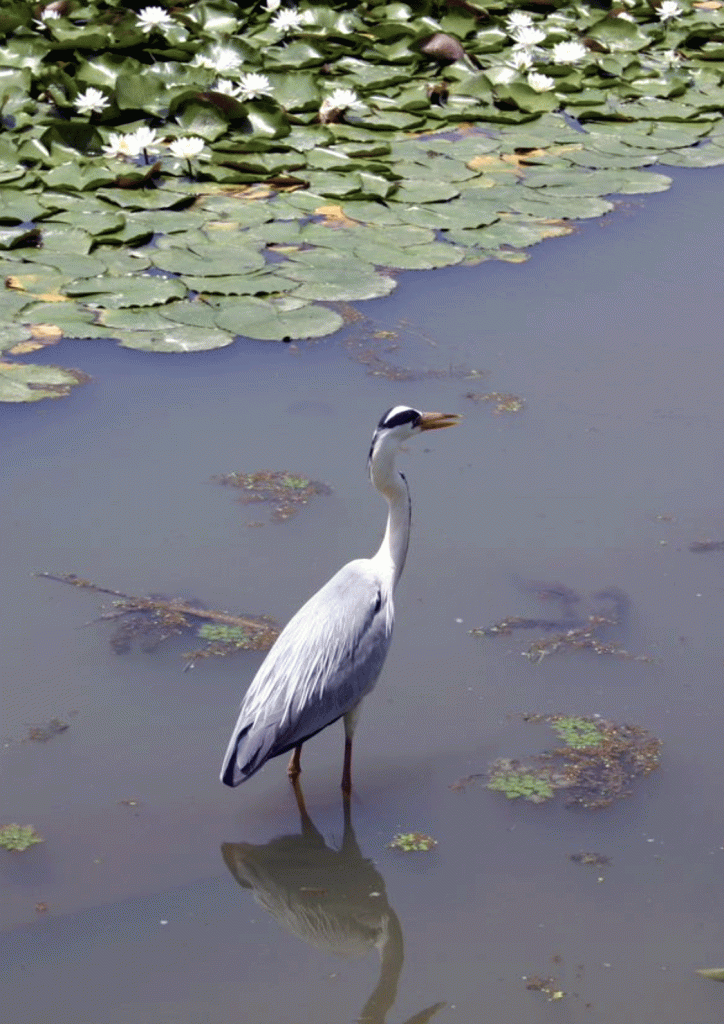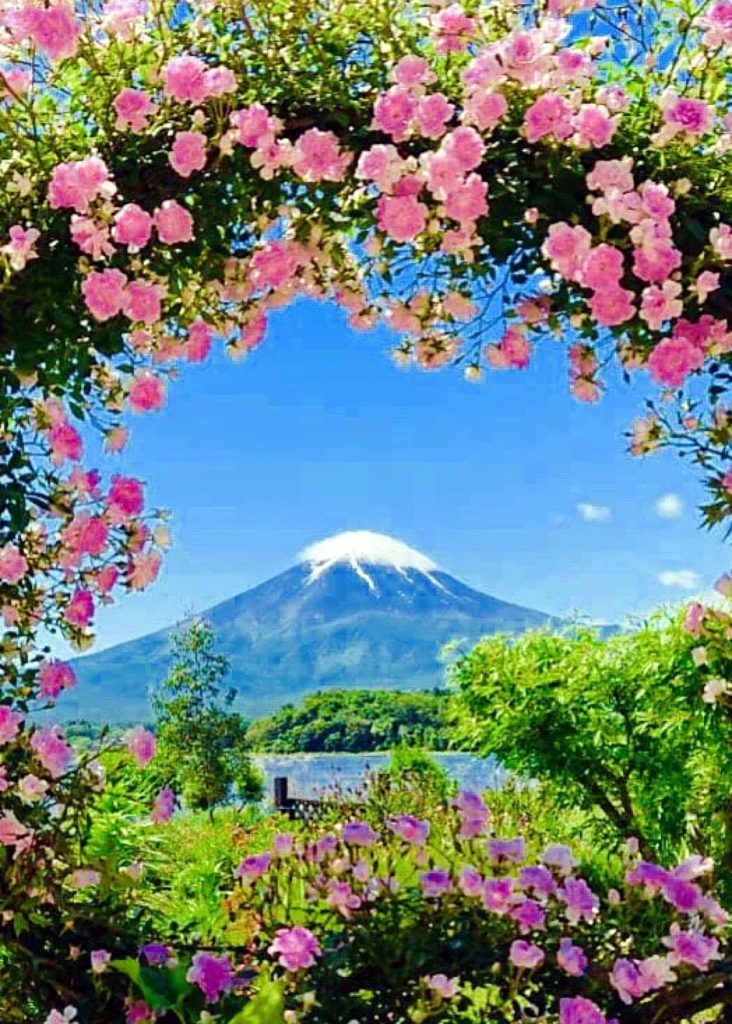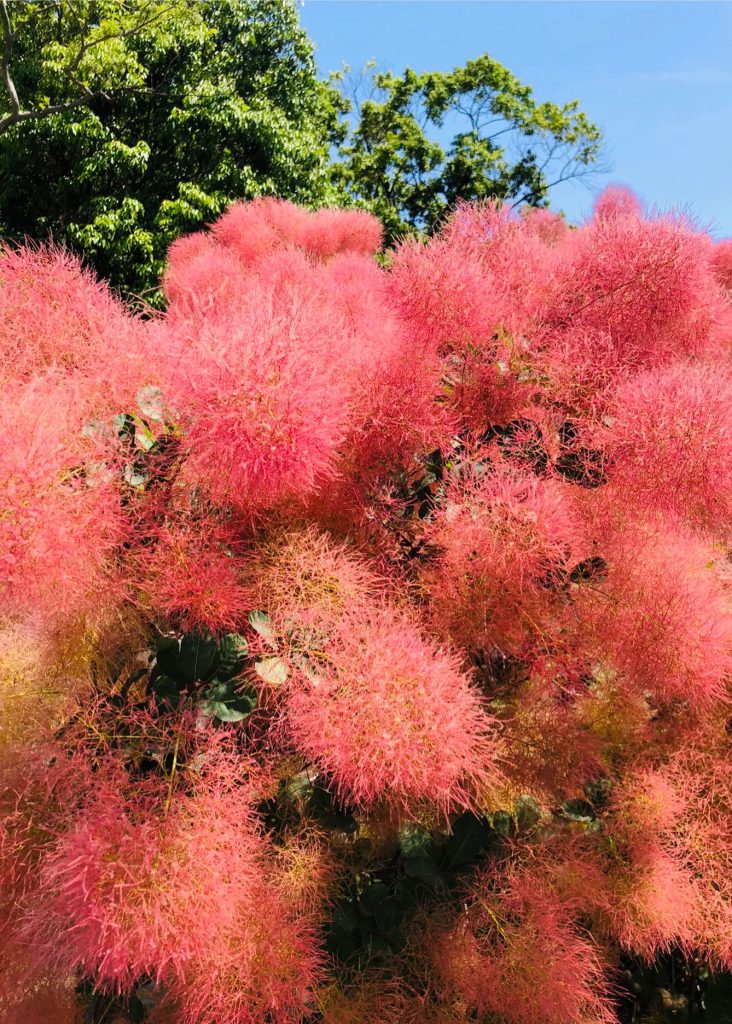
Lantana, which was rarely seen until a decade ago, is now ubiquitous. This is also the effect of climate change. Lantana is a flower native to the tropics and was distributed only in warm regions such as the Ogasawara Islands in Japan. Lantana is called the Japanese name “Shichi-henge (Seven Changes)”, and while it is in bloom, the flower color changes like a gradation. There are a wide variety of flower colors such as red, orange, pink, white, yellow, and purple. Even with the hot summer sun, the lovely flowers bloom one after another for a long period from early summer to early autumn. At one time, it was a very popular flower as a cultivar. However, Lantana has been selected as one of the 100 worst invasive alien species in the world, and it is one of the most troublesome plants in Japan until 2015, as it was named in the list of “List of alien organisms requiring attention” by the Ministry of the Environment. However, after that, it was left unattended because it is not as seriously invading as the tropics, and because the climate is becoming tropical year by year, it is now rooted everywhere, such as rooting in small gaps in stone walls and blocks. It has spread to the extent that it can bloom.
一昔前までは滅多に見かけなかったランタナが、今では至る所で見かけます。これも気候変動の影響でしょう。ランタナは熱帯地方原産の花で、日本では小笠原諸島など暖かい地方にしか分布していませんでした。ランタナは和名「七変化」と呼ばれるように、咲いている間、花色がグラデーションのように変化していきます。その花色は多種多様。赤、オレンジ、ピンク、白、黄色、紫など実に多彩な花色があります。夏の暑い陽射しにも負けず、初夏から秋口までの長い期間、可愛らしい花を次々に咲かせます。ひと頃は園芸品種としてとても人気のある花でした。しかし、ランタナは世界の侵略的外来種ワースト100に選定され、日本でも平成27年まで環境省の「要注意外来生物リスト」の一覧に名前があったほど結構厄介な植物のひとつです。ところがその後、熱帯地方ほど深刻な侵略種ではないため放置されたことと、気候が年々熱帯化しつつあるため、今や石垣やブロックのちょとした隙間にも根を張るなど、至る所で根を張り、花を咲かせれる程に広がりました。

